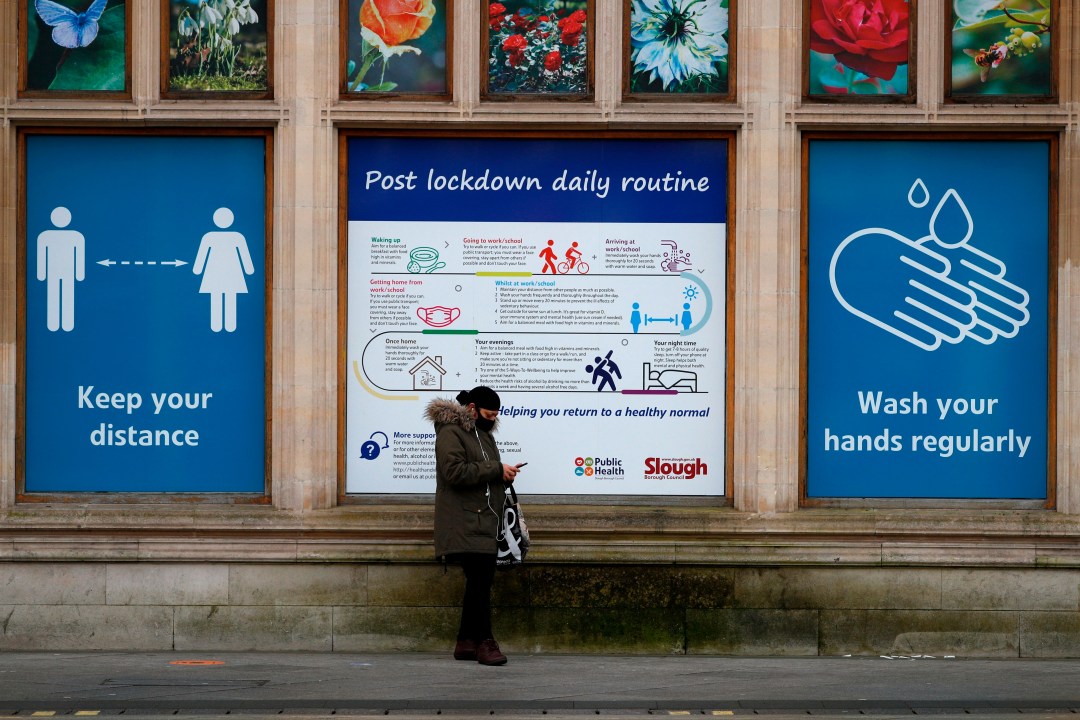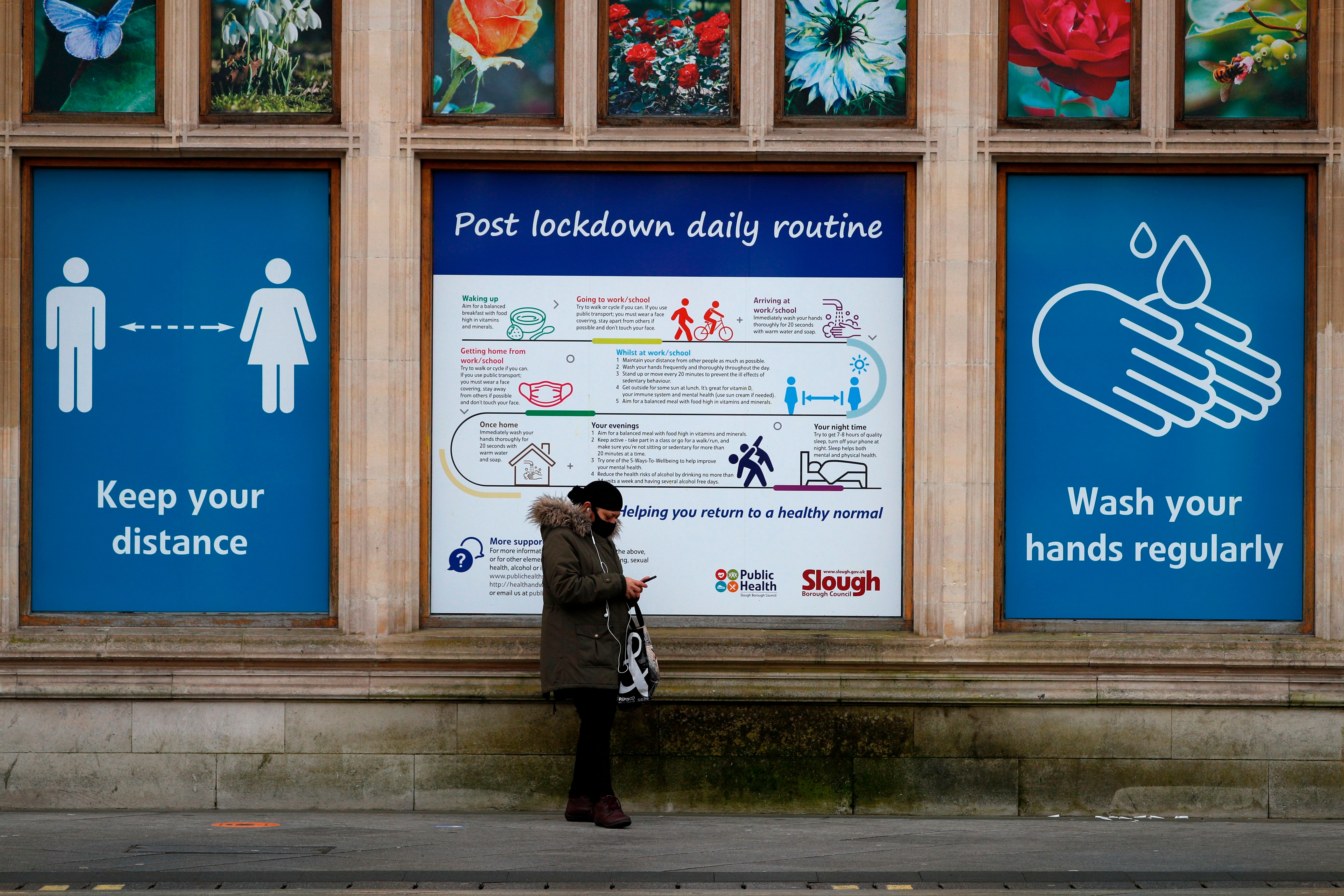It’s been no mystery that the UK economy took a severe beating in 2020: two lockdowns, a host of circuit-breakers and fire-breakers, Christmas cancelled for millions of people. The experience of an economy forced to hibernate for months on end last year is reflected in today’s GDP update from the Office for National Statistics, showing the economy contracted 9.9 per cent last year — the ‘largest yearly fall on record’ and biggest contraction in 300 years.
The fall isn’t quite as stark as the Office for Budget Responsibility forecast alongside the Chancellor’s spending review last November (an estimated 11.3 per cent), but it still represents one of the largest economic hits among the big economies.
How do last year’s figures bode for this year’s recovery? As it stands, the economy is still 6.3 per cent below pre-pandemic levels, and is likely to fall further in Q1 this year due to the strict lockdown currently in place. The good news, however, is that the UK appears set to avoid a double-dip recession (that is, two quarterly contractions in a row), as the ONS reports a 1 per cent rise in Q4 last year.
This is thanks to December’s GDP figures, which surprised at 1.2 per cent (the consensus amongst economists was roughly 0.5 per cent). Rebound is mainly attributed to the services sector — which increased by 1.7 per cent, as shops and restaurants reopened in England in the early half of the month, catering to Christmas demands — and the government’s Covid test and trace schemes, which ‘contributed 0.77 percentage points as a result of increased volume of activity’.
While Q4 proved extremely lacklustre compared to Q3’s 16.1 per cent rise, that the economy grew at all contributes to the theory that the British economy is developing some level of immunity to lockdowns and restrictions. Businesses are adapting to the rules and figuring out ways to operate. More importantly, the rules for the November and January lockdowns (while strict) are more flexible than they were in March, allowing for more economic activity to be conducted legally.
With the UK’s vaccine rollout set to achieve its first target of inoculating the top four priority groups slightly ahead of schedule, there is broad consensus that even if Q1 proves shaky, by the spring, conditions should such that they allow the economy to rebound quickly. Capital Economics puts forward the optimistic case this morning:
Rapid vaccine rollout means that Covid-19 restrictions should be eased from the spring… we think that household consumption will go from being the weakest sector of the economy to the strongest, as spending in pubs, restaurants and hotels surges, funded by the large stock of savings built up during lockdowns.
But some caution is still needed. As Chancellor Rishi Sunak notes in his response to today’s figures, there ‘are some positive signs of the economy’s resilience over the winter’, yet, ‘we know that the current lockdown continues to have a significant impact on many people and businesses.’ The closure of schools, which was avoided in November, is likely to take its toll on economic output, which will start to be reflected in next months’ figures.
Furthermore, we are still in the dark as to when restrictions will be lifted on economic and social activity — and to what extent. By all logic, the UK’s impressive vaccine strategy should be a game-changer in the coming months for the pace and extent to which it can reopen. But the government isn’t giving anything away yet, having just this week drawn doubt over whether this summer will be more liberal than last (when no one was inoculated). Even significantly rolled back social distancing restrictions could still prove fatal for businesses where full capacity is needed to make the business viable; meanwhile, the travel and tourism industries look set to be facing tougher restrictions for some time, even if other parts of the economy open up.
The impact of the latest lockdown and the extent to which restrictions are lifted in the coming weeks and months will both contribute to the pace of economic recovery. The latter we’re set to learn more about the week of 22 February, when the Prime Minister sets out his ‘roadmap’ out of lockdown.








Comments